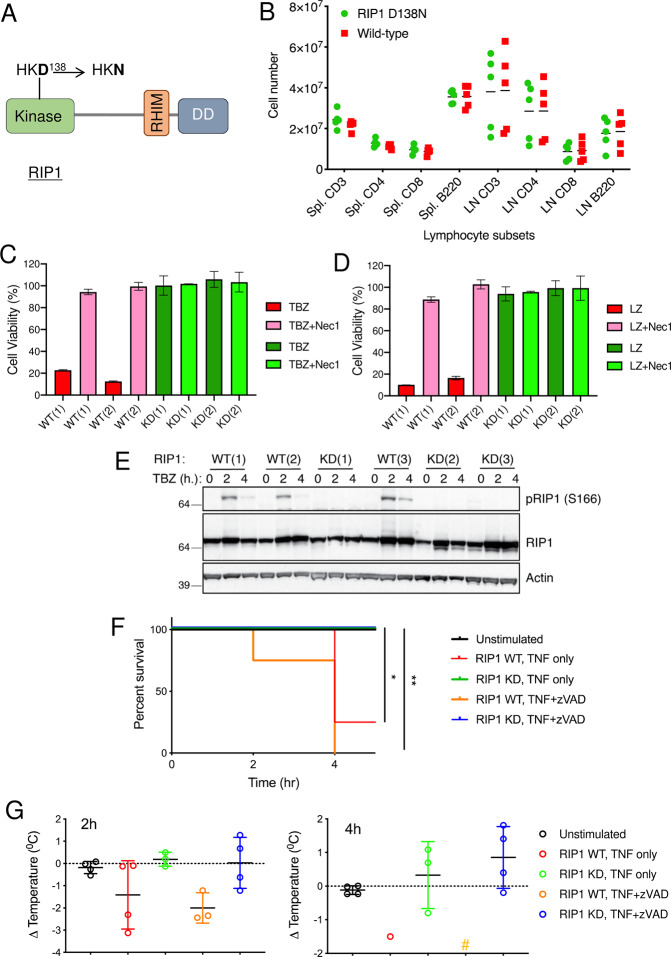Fig. 1. RIP1 KD rats and cells are resistant to necroptotic cell death and TNF driven hypothermia.
A Schematic depiction of D138N kinase-inactivating mutation in rat RIP1. B Lymphocyte subsets from spleen (Spl) and lymph nodes (LN) of RIP1 KD and WT rats. Data from individual rats of each genotype (n = 5) are plotted, with the mean value for each group indicated by a horizontal line. There were no significant differences between two genotypes as evaluated by unpaired t-test (p > 0.1). C, D BMDMs derived from WT and RIP1 KD rats were treated with TNF, BV6, and zVAD (TBZ) (C) or LPS and zVAD (LZ) (D) with or without Nec1 overnight. Cell viability was assessed by Cell Titer-Glo assay. Numbers in parentheses indicate that cells were derived from different animals. E BMDMs derived from WT and RIP1 KD rats were treated with TBZ for indicated periods of time. Cellular lysates were immunoblotted with the indicated antibodies. Numbers in parentheses indicate that cells were derived from different animals. F, G WT and KD RIPK1 rats were treated with TNF (300 µg/kg) and zVAD 10 mg/kg or PBS (unstimulated) for 4 h. Survival (F) and body temperatures (G) were evaluated 2 and 4 h after treatment. *p < 0.05 and **p < 0.01 between WT and RIP1 KD by Mantel–Cox test. # in (G) indicates that no animals from this group survived to this time point. Data are represented as mean ± S.E.M.

